Kevin Koch
AutonomROS: A ReconROS-based Autonomonous Driving Unit
Sep 05, 2023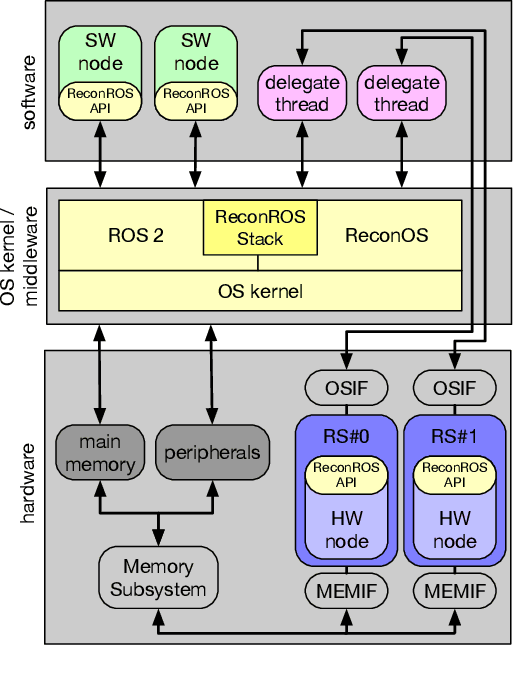
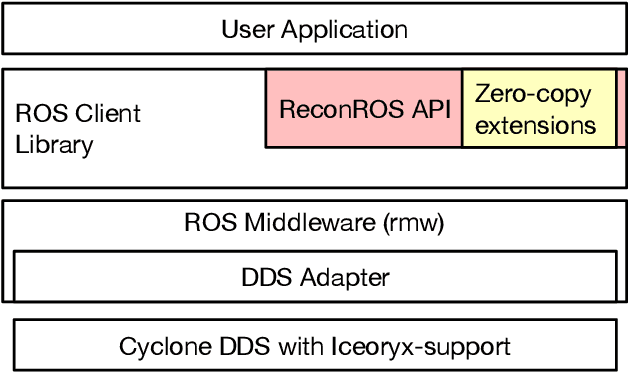
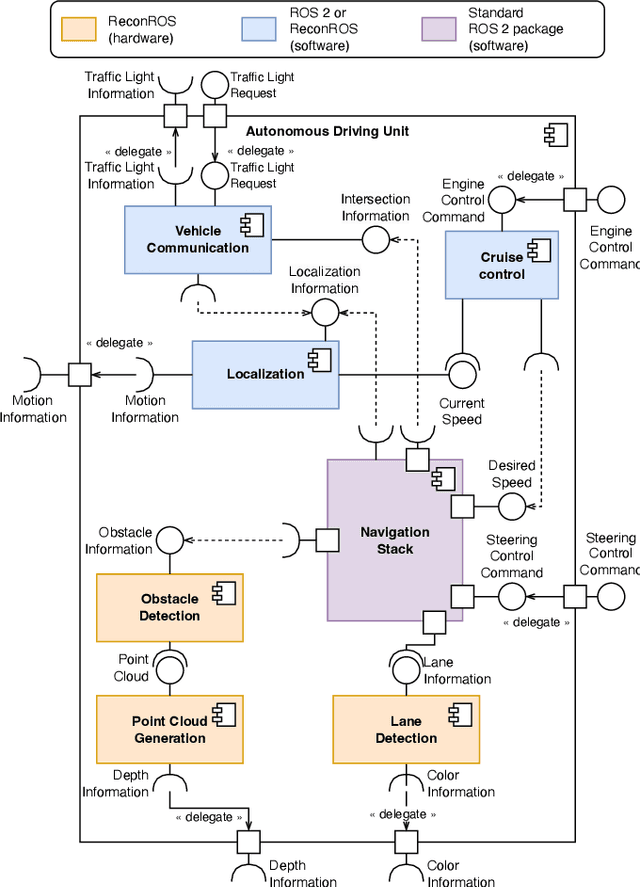
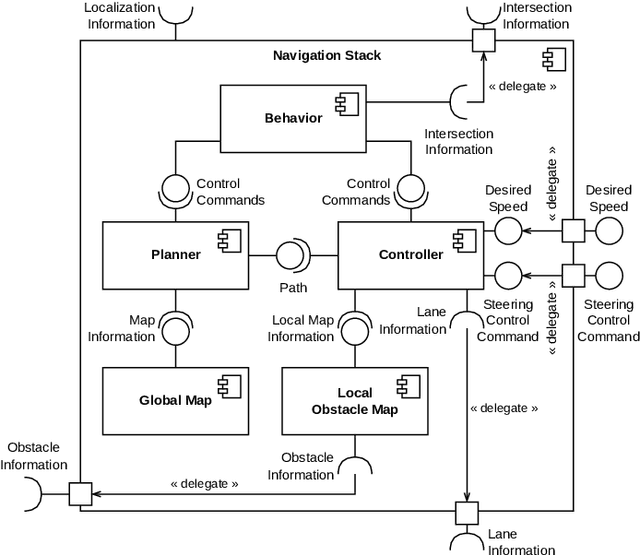
Abstract:Autonomous driving has become an important research area in recent years, and the corresponding system creates an enormous demand for computations. Heterogeneous computing platforms such as systems-on-chip that combine CPUs with reprogrammable hardware offer both computational performance and flexibility and are thus interesting targets for autonomous driving architectures. The de-facto software architecture standard in robotics, including autonomous driving systems, is ROS 2. ReconROS is a framework for creating robotics applications that extends ROS 2 with the possibility of mapping compute-intense functions to hardware. This paper presents AutonomROS, an autonomous driving unit based on the ReconROS framework. AutonomROS serves as a blueprint for a larger robotics application developed with ReconROS and demonstrates its suitability and extendability. The application integrates the ROS 2 package Navigation 2 with custom-developed software and hardware-accelerated functions for point cloud generation, obstacle detection, and lane detection. In addition, we detail a new communication middleware for shared memory communication between software and hardware functions. We evaluate AutonomROS and show the advantage of hardware acceleration and the new communication middleware for improving turnaround times, achievable frame rates, and, most importantly, reducing CPU load.
Driver Identification via the Steering Wheel
Sep 09, 2019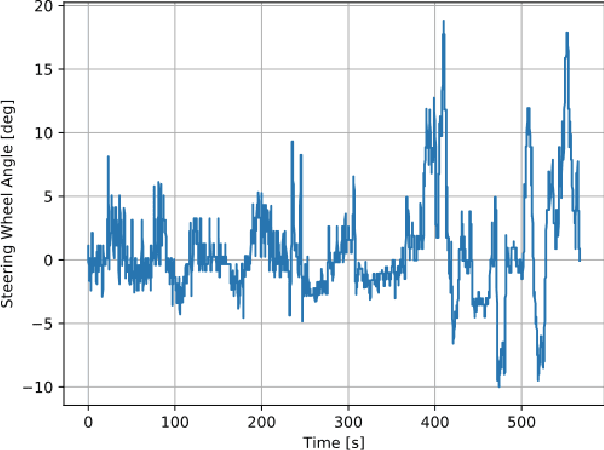
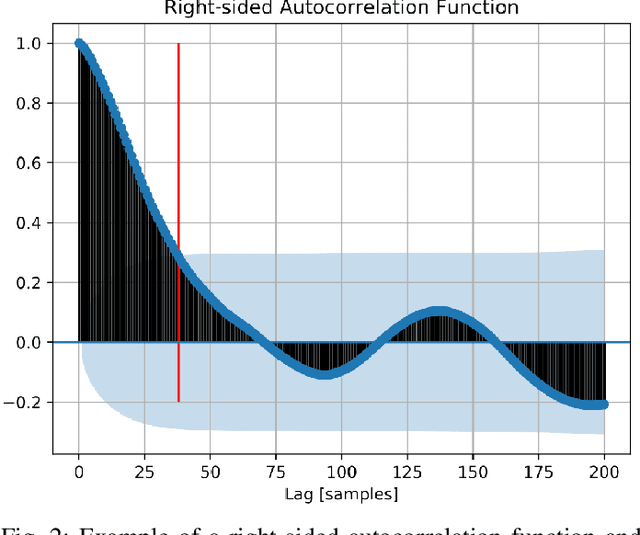
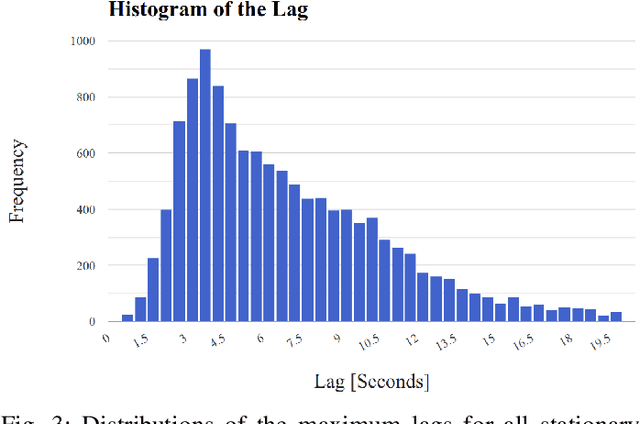
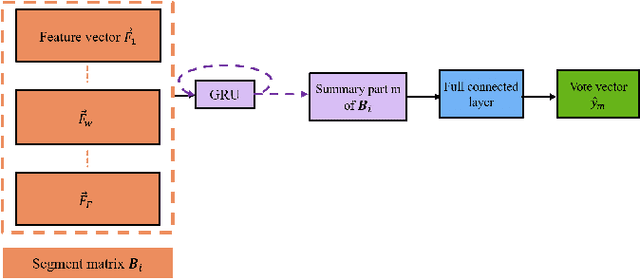
Abstract:Driver identification has emerged as a vital research field, where both practitioners and researchers investigate the potential of driver identification to enable a personalized driving experience. Within recent years, a selection of studies have reported that individuals could be perfectly identified based on their driving behavior under controlled conditions. However, research investigating the potential of driver identification under naturalistic conditions claim accuracies only marginally higher than random guess. The paper at hand provides a comprehensive summary of the recent work, highlighting the main discrepancies in the design of the machine learning approaches, primarily the window length parameter that was considered. Key findings further indicate that the longitudinal vehicle control information is particularly useful for driver identification, leaving the research gap on the extent to which the lateral vehicle control can be used for reliable identification. Building upon existing work, we provide a novel approach for the design of the window length parameter that provides evidence that reliable driver identification can be achieved with data limited to the steering wheel only. The results and insights in this paper are based on data collected from the largest naturalistic driving study conducted in this field. Overall, a neural network based on GRUs was found to provide better identification performance than traditional methods, increasing the prediction accuracy from under 15\% to over 65\% for 15 drivers. When leveraging the full field study dataset, comprising 72 drivers, the accuracy of identification prediction of the approach improved a random guess approach by a factor of 25.
 Add to Chrome
Add to Chrome Add to Firefox
Add to Firefox Add to Edge
Add to Edge